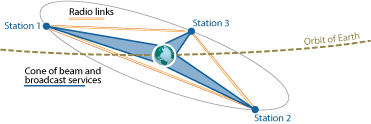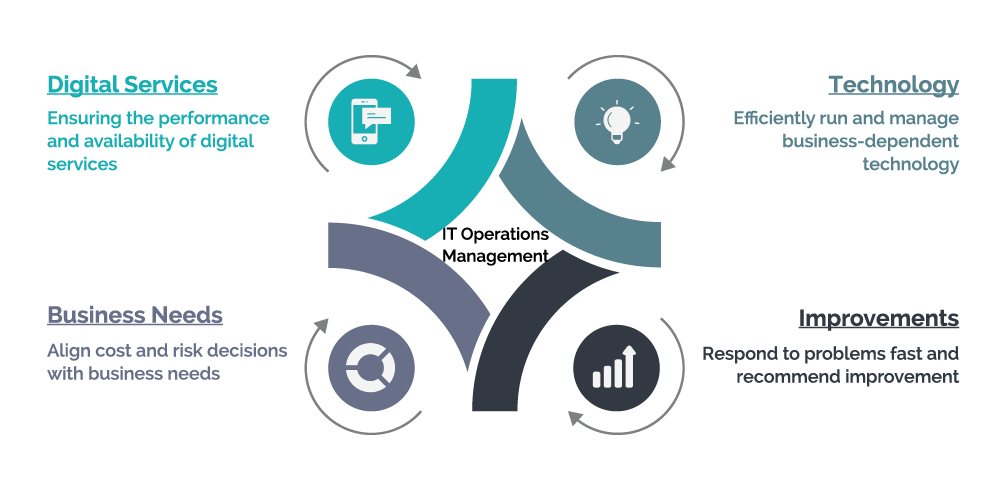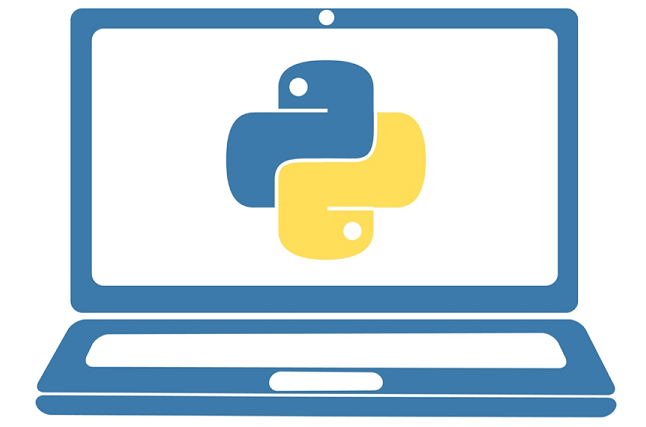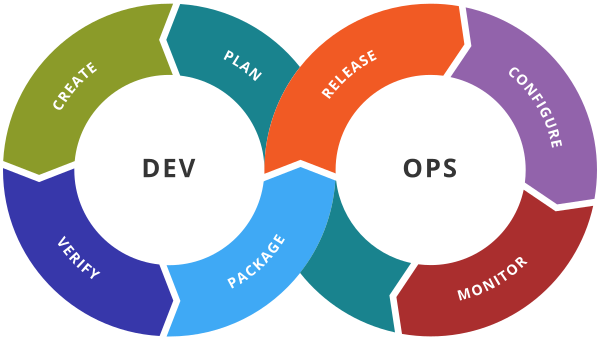
DataDog is a powerful tool that helps IT Operations teams monitor and troubleshoot issues with their cloud-based infrastructure. With its real-time monitoring capabilities, advanced analytics, and integrations with a wide range of technologies, DataDog makes it easy to keep track of your cloud environment and quickly identify and resolve issues before they can impact your business.
One of the key benefits of using DataDog for cloud monitoring is its ability to provide a centralized view of your entire infrastructure. This allows IT Operations teams to quickly and easily identify potential issues across multiple systems, networks, and applications. DataDog also makes it easy to set up custom alerts and notifications, so you can be notified of potential problems as soon as they occur.
Another key benefit of DataDog is its ability to provide detailed performance metrics for all of your cloud-based resources. This includes metrics for CPU usage, memory usage, network traffic, and more. This data can be used to identify bottlenecks, optimize performance, and troubleshoot issues that may be impacting your cloud environment.
DataDog also integrates with a wide range of third-party tools and services, such as Amazon Web Services, Google Cloud Platform, and Azure. This allows IT Operations teams to easily monitor and troubleshoot issues across multiple cloud providers, without having to switch between different monitoring tools. Additionally, DataDog offers built-in integrations with popular tools like Kubernetes, Prometheus, and Grafana, which enables IT Operations teams to gain insights into the performance of their containerized workloads.
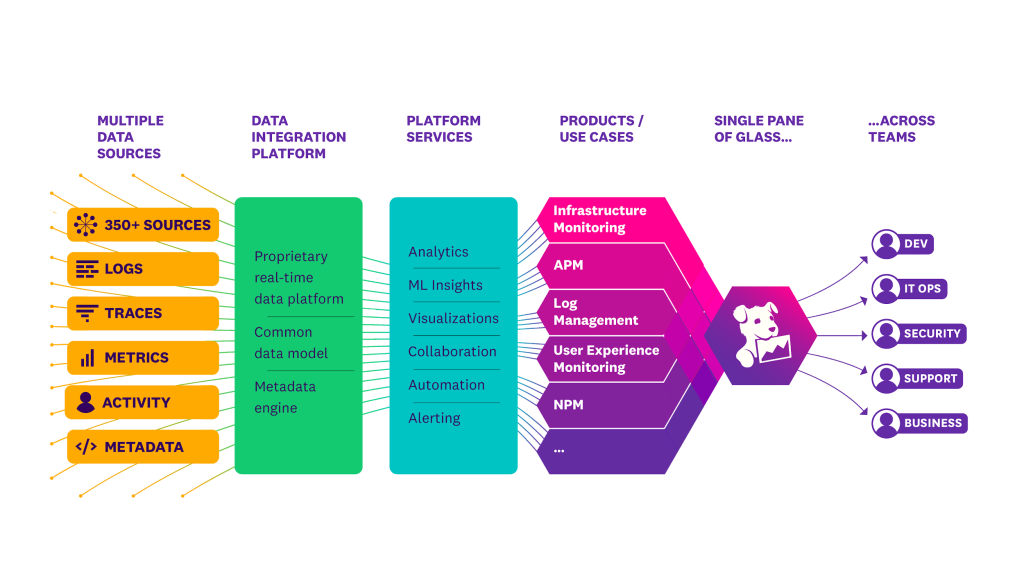
One of the most useful features of DataDog is its tracing capabilities. DataDog’s tracing features enable IT Operations teams to quickly understand the root cause of a problem by showing the entire request-response flow for a particular transaction. This can help teams identify issues related to specific services, applications, or network connections, and quickly resolve them.
DataDog also offers a range of analytics tools that help IT Operations teams understand how their cloud-based infrastructure is performing. This includes real-time dashboards, anomaly detection, and machine learning-based predictions. These tools make it easy to identify patterns and trends in your cloud environment and take proactive measures to prevent issues from arising.
In conclusion, DataDog is a powerful tool that offers many benefits to IT Operations teams looking to improve their cloud monitoring capabilities. With its real-time monitoring, advanced analytics, and integrations with a wide range of technologies, DataDog makes it easy to keep track of your cloud environment and quickly identify and resolve issues before they can impact your business. Whether you’re running a small or large-scale cloud environment, DataDog can help you get the visibility and control you need to keep your cloud infrastructure running smoothly.





